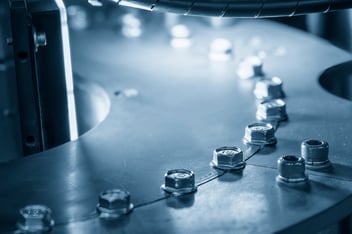Wire thread inserts are a fantastic fastening solution that bring joint strengthening features to a number of engineering industries. From automotive to aerospace, their widespread use is a testament to their beneficial qualities.
In this article, we dive into the advantages of wire thread inserts, the benefits they bring to designs, and the applications where these benefits are already being realised.
Features
Stronger joints
When using a screw or bolt in a tapped hole, there is a great deal of unpredictability that can lead to a weak joint. There are often concentrated areas of contact between the bolt and parent material, creating an imbalance of stress and fatigue across the joint.
Wire thread inserts are designed to equally distribute the contact force between itself and the parent material. Their wire design naturally adjusts to the parent material radially and axially when a bolt is driven through. This evenly dissipated stress leads to a maximised thread strength, creating vastly stronger joints to those that don’t use wire thread inserts.
Rugged and robust
The lack of stress dissipation when using threaded holes in components leads to a number of issues. Fatigue concentration directly results in the joint seizing up, significant wear to the parent material and makes it susceptible to corrosion.
As wire thread inserts fill the space between the bolt and the parent material, they provide a reliable and robust fastening mechanism. They are resilient to extreme vibrations, protect the parent material from corrosion, and eliminate the risk of wear and seizing. Additionally, different surface finishes and material compositions of wire thread inserts are available to be resilient to specific conditions, such as extreme thermal applications.
Simple installation
The installation of wire thread inserts is relatively simple with the proper tooling at hand. Depending on whether it is a tanged or tangless type, specialised tooling is used to insert the insert into the tapped hole. Then, the wire design will adjust to the parent material until it is in an optimal position. With tanged wire thread inserts, the tang will break off once it is at this position, whereas tangless versions will have dedicated tooling to ensure optimal installation.
Benefits
- Extended component lifespan - Wire thread inserts help extend the lifespan of components through stronger and more reliable fastening solutions. By reducing wear, vibration-induced erosion and increasing fastening strength, components can be reliably used for longer without the risk of failure.
- Lightweighting of designs - Light metals are susceptible to factors like corrosion and wear, which often make it difficult to integrate into components that face extreme conditions. The dissipated fatigue stress of wire thread inserts and corrosive protection enables the use of these metals to bring lightweighting potential to designs.
- Cost-effective optimisation - Wire thread inserts present a time and cost effective fastening solution that enhances the strength of joints in designs. This allows engineers to push the limits of their design without compromising on budgets, which is amplified when choosing a specific type of insert that benefits their application.
Applications
Aerospace
Wire thread inserts are used extensively in the aerospace industry for their assurance of safety and reliability in the long term. Key components in engines and power plants, interiors, fuselage, wings, actuators and pumps all utilise wire thread inserts for their reliable properties. Additionally, tangless solutions eliminate the risk of foreign object debris (FOD), which is a significant challenge in aerospace applications. All in all, wire thread inserts provide peace of mind for aerospace engineers.
Automotive
Weight optimization is a key challenge for automotive engineers to push fuel efficiency, especially with the modern movement towards electric vehicles (EVs) and energy efficiency. Wire thread inserts enable the use of lighter components without risking the strength of joints. They are used in gearboxes and transmission systems, engine blocks and cylinders, braking systems and many more components.
Electronics
Wire thread inserts are available in extremely compact sizes that retain their reliable characteristics. This has led to their use in the electronics industry to reduce costs and ensure reliability in the midst of miniaturisation; compact electronics can have strong fastening solutions that are bespoke to ensure their efficiency and operability. These compact inserts are used in semiconductors, PCBs and electronic housings.
Rail
Railways face constant operability in extreme conditions, with strong vibrations and high weights placing a particular strain on joints. Wire thread inserts provide the strength and rugged features for the reliable operation of railways, with specific protections from vibration-induced erosion. This had led to their use in brake and drive systems, railcar interiors and gearbox couplings.
Utilise rugged and reliable fastening solutions with KATO® Advanex
Wire thread inserts provide a wide range of advantages with relatively no downsides. They strengthen joints, provide reliable and rugged fastenings, and bring a number of design optimisation capabilities.
At KATO® Advanex, we have refined our wire thread insert development to ensure precision engineering standards with each single insert. We have decades of experience and a dedication to quality that is proven by our wire thread inserts being used extensively across industries.
To find out more about KATO® Advanex wire thread inserts and how they can benefit your designs, contact a member of our team today.
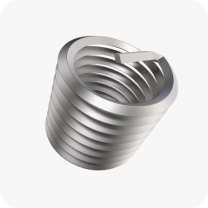
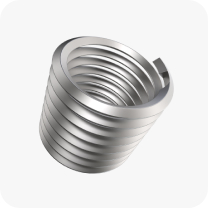
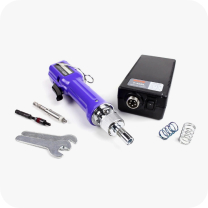
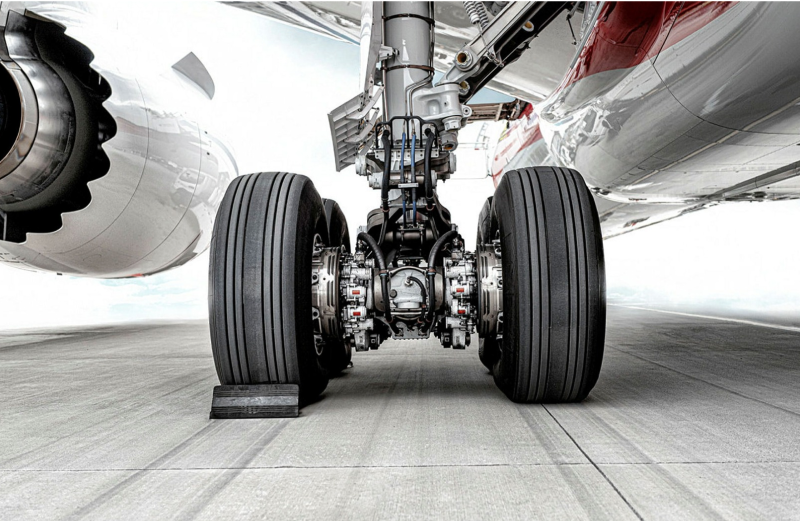
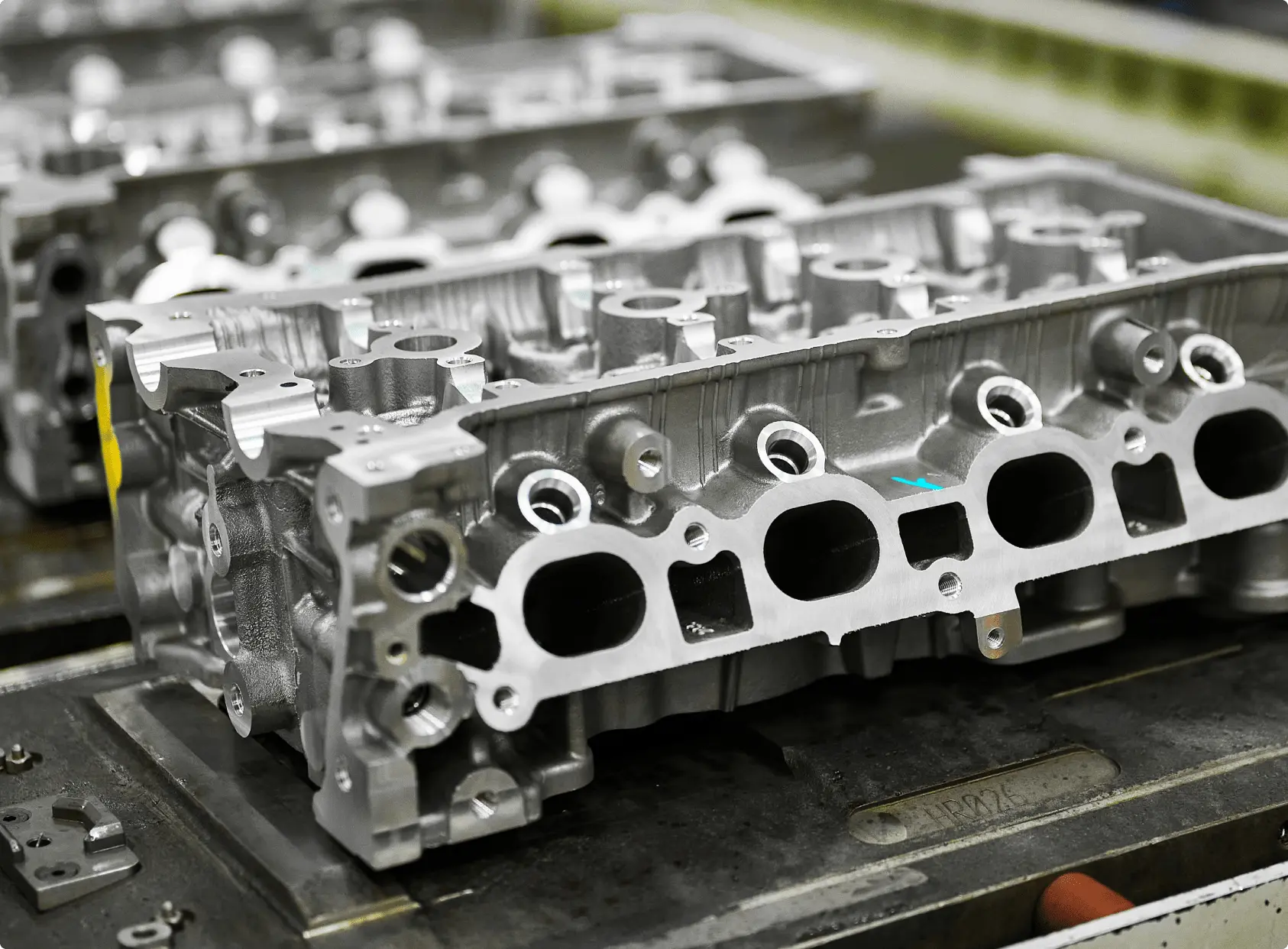
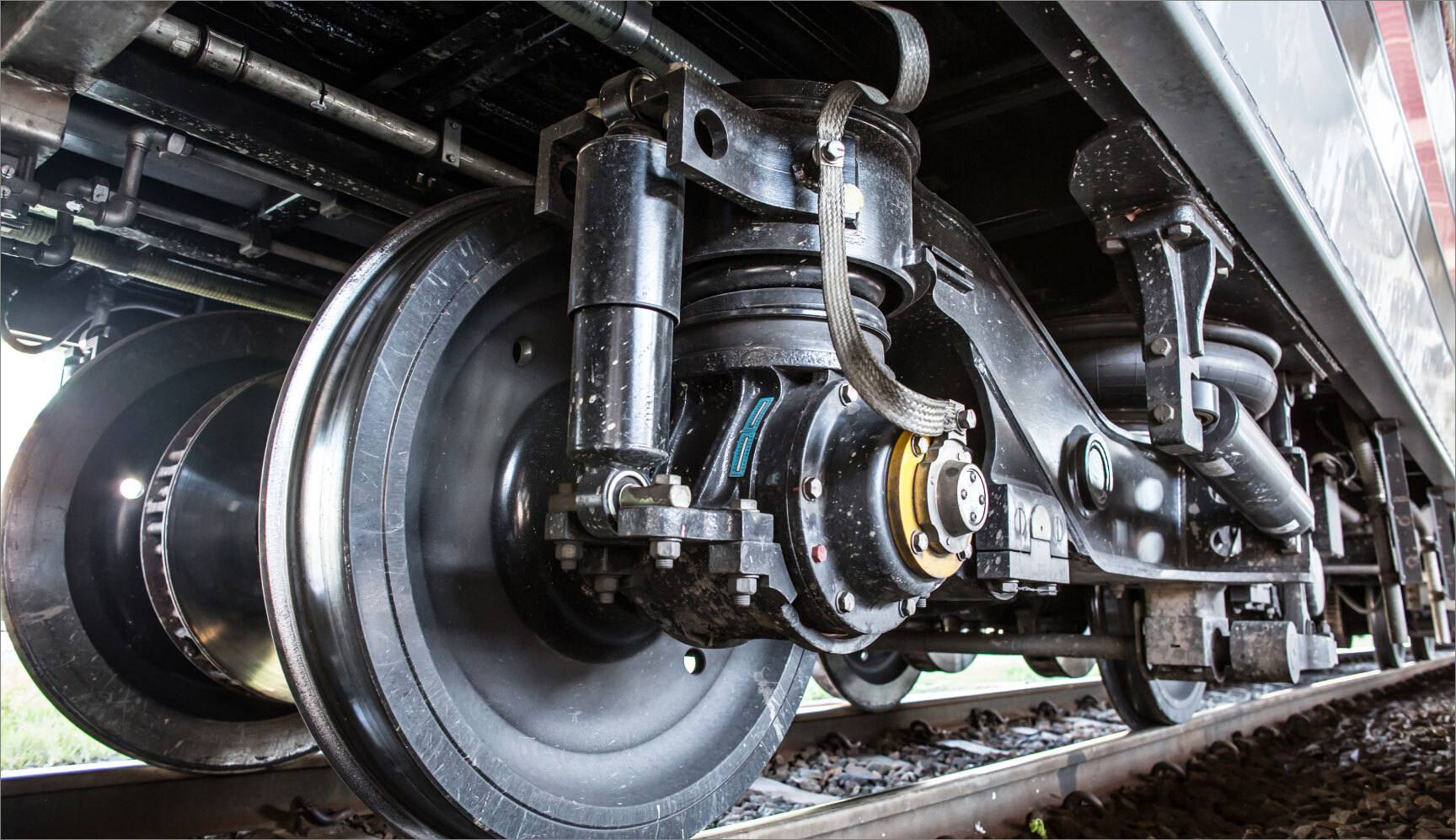


.jpg?width=352&name=Weighing%20medical%20components%202%20(1).jpg)
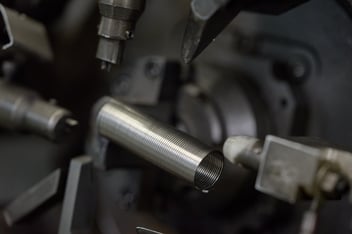
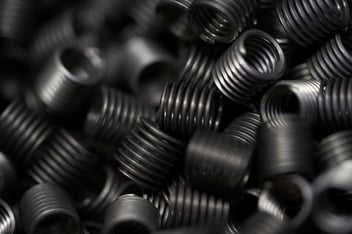
.jpg?width=352&name=Shutterstock_2288877403%20(1).jpg)
